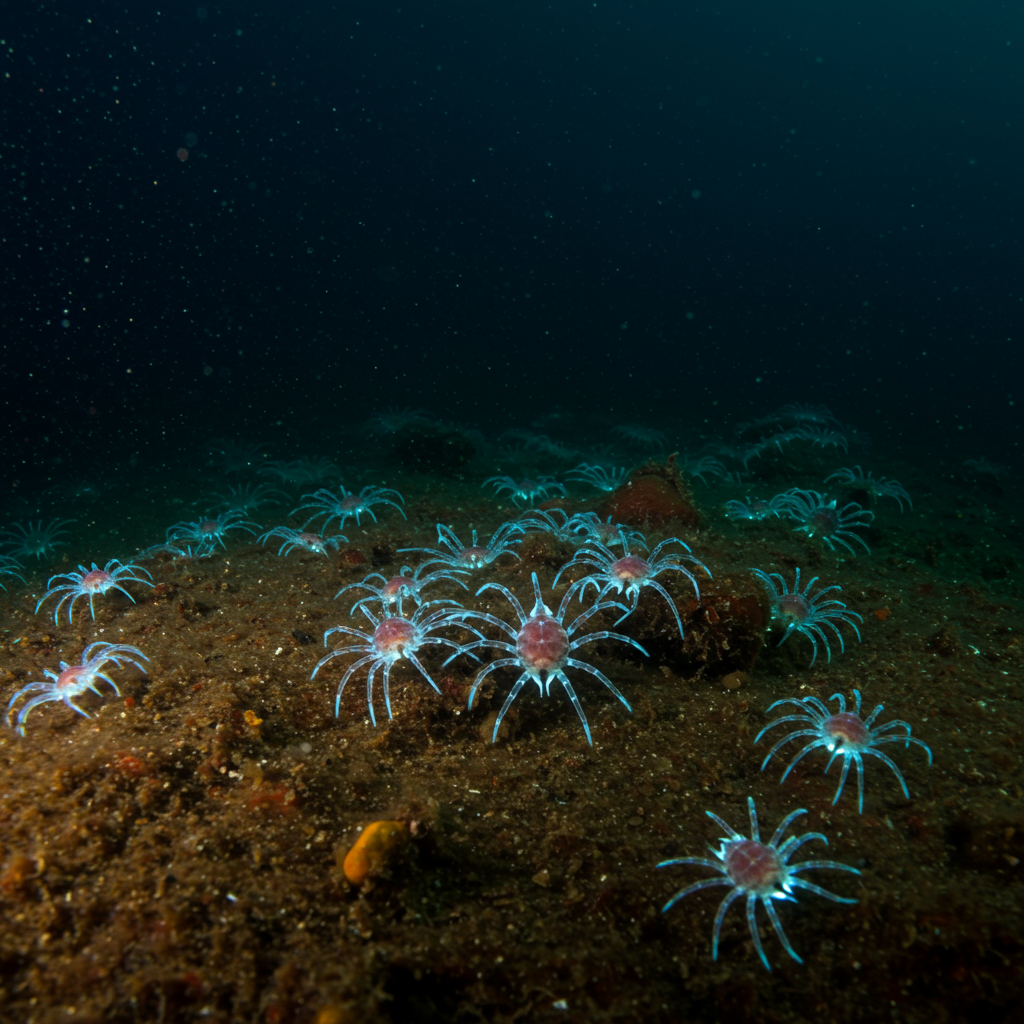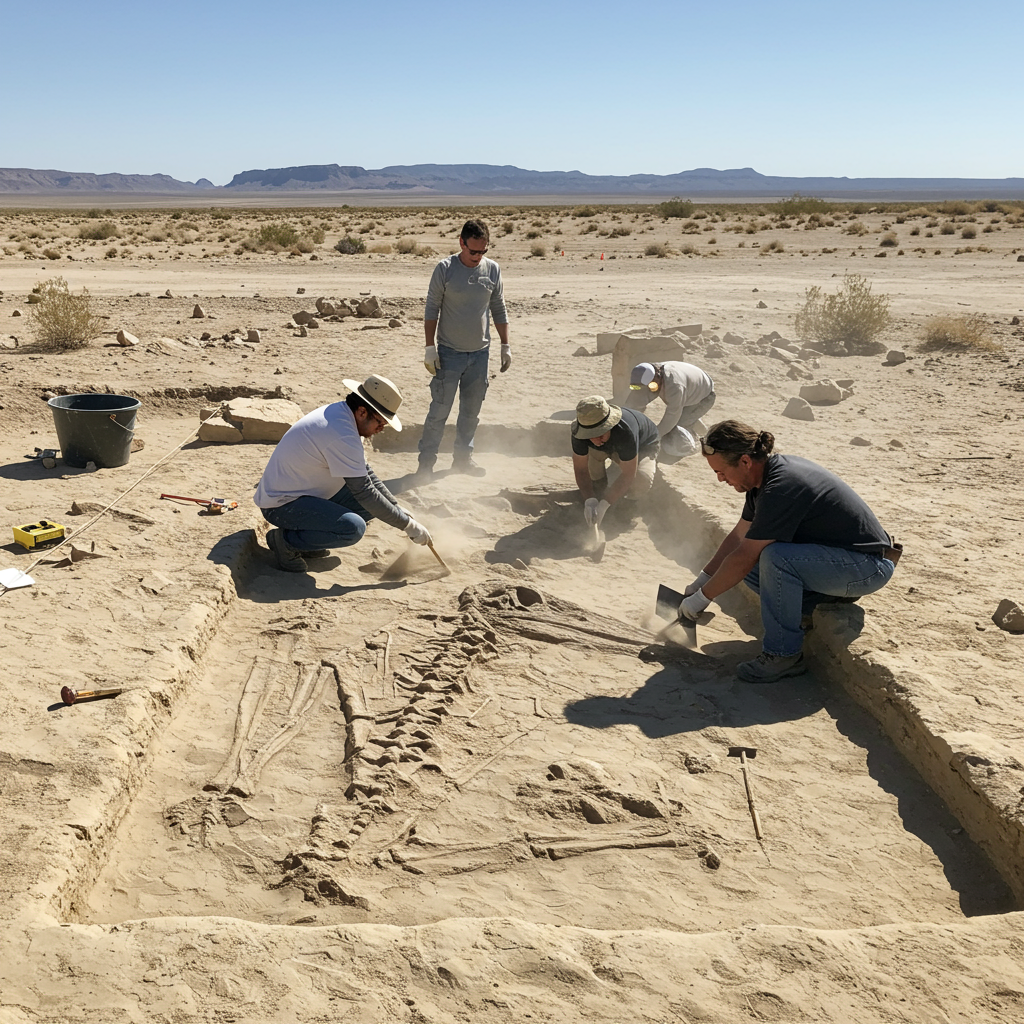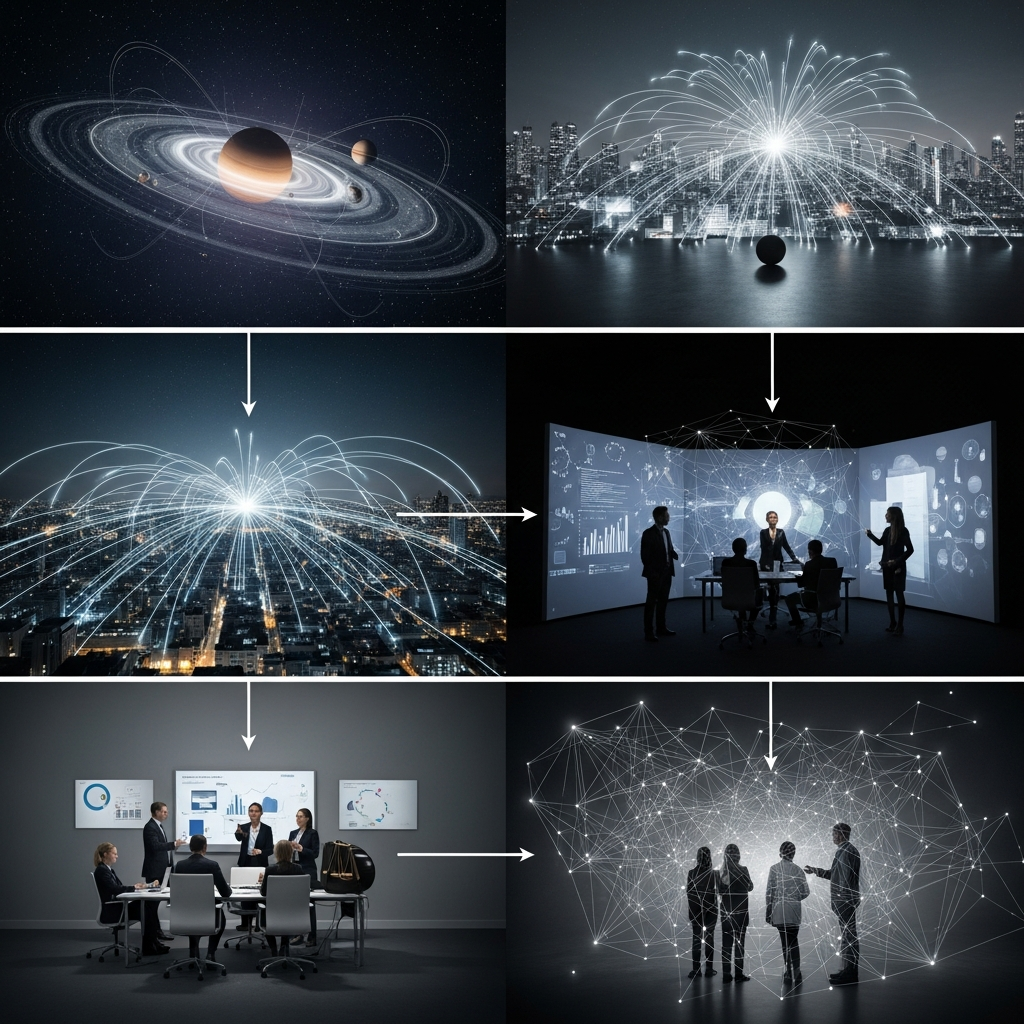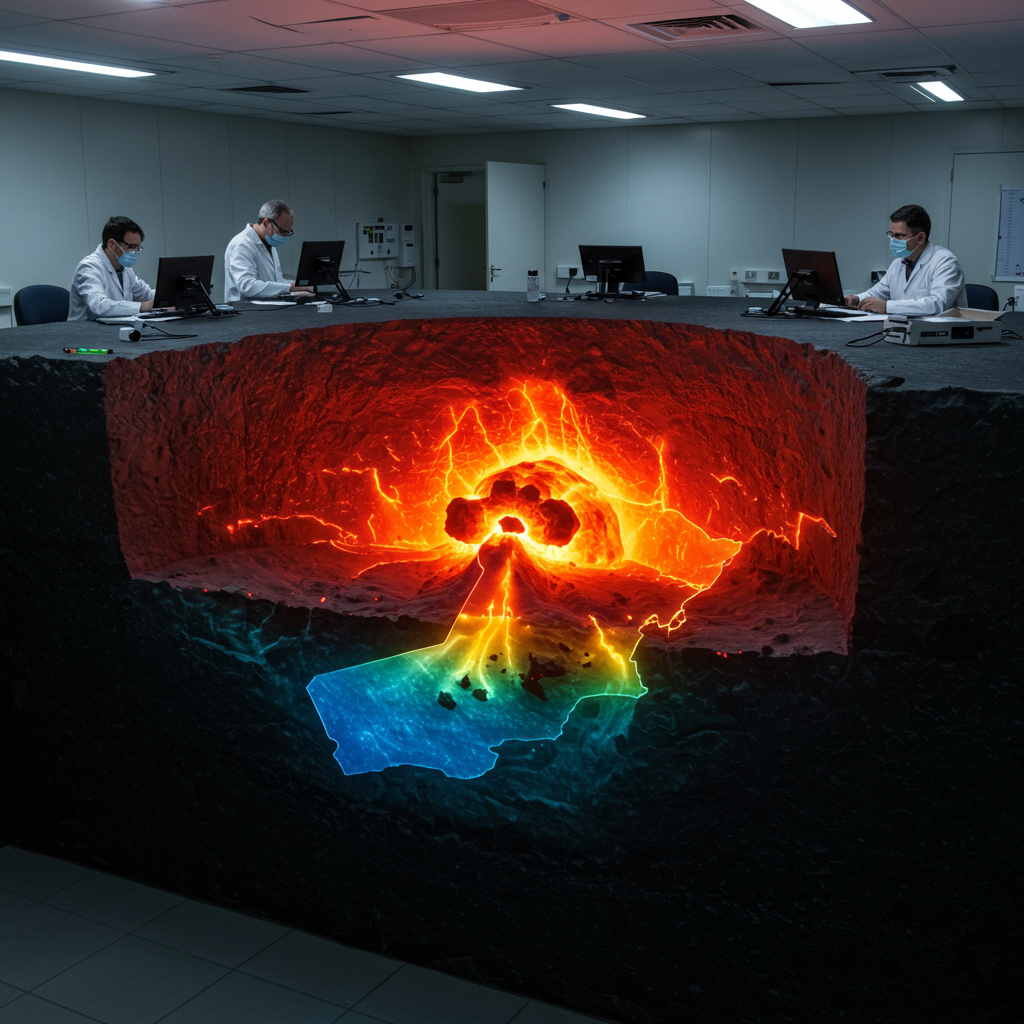An extraordinary discovery is sending ripples through the world of marine biology: the first known animals capable of directly harnessing methane for energy have been found crawling on the deep ocean floor. Researchers have identified three new species of sea spiders that thrive in harsh deep-sea environments by utilizing this potent greenhouse gas as a primary power source.
A Revolutionary Deep-Sea Discovery
These remarkable creatures were uncovered in deep-sea habitats off the coasts of California and Alaska, residing at depths ranging from 600 to 1,200 meters. Their unique home turf includes specialized locations on the seafloor known as methane seeps, and sometimes hydrothermal vents, where high-energy chemical compounds emanate from the earth’s crust.
This groundbreaking finding challenges previous understanding of how complex animal life sustains itself in the extreme conditions of the deep sea. Previously, life in these areas was thought to rely primarily on chemosynthesis (using chemicals from vents/seeps) performed by bacteria or archaea, which then form the base of the local food web. These spiders represent a novel, direct link to the chemical energy source.
How They Harness Methane
So, how do these sea spiders manage to be “methane-powered”? The scientific team, led by Shana Goffredi, chair of biology at Occidental College, conducted shipboard experiments to unravel their secret. They discovered that the spiders don’t consume methane directly. Instead, they cultivate and “farm” methane-oxidizing bacteria, also called bacterial epibionts, directly on their exoskeletons.
The spiders essentially grow a garden of these specialized bacteria on their own bodies. By consuming these bacterial epibionts, the sea spiders gain access to the energy derived from the bacteria’s process of consuming methane. This sophisticated symbiotic relationship provides them with a continuous and highly unusual nutritional resource in their energy-limited environment.
Ecological Significance: Filtering the Deep
Beyond sustaining the spiders, this unique feeding strategy offers a significant ecological benefit. The methane-oxidizing bacteria grown and consumed by the spiders act as a biological filter. As methane bubbles or dissolves from the seafloor seeps, the bacteria intercept and consume it. This process prevents large quantities of the methane, a potent greenhouse gas, from dissolving further into the water column and potentially escaping towards the atmosphere.
While behavioral observations are challenging in the deep sea, scientists hypothesize that these methane-powered sea spiders likely play other roles in their ecosystem. They may serve as a food source for other deep-sea organisms and could help distribute organic carbon across the seafloor.
The discovered spiders vary in size, from as small as a grain of rice to significantly larger individuals. The first of the three species was identified in July 2023, highlighting the ongoing potential for discovering unique life forms and ecological processes hidden in the ocean’s depths. This research underscores the incredible adaptability of life in extreme environments and reveals a fascinating new mechanism for accessing energy at the bottom of the sea.




